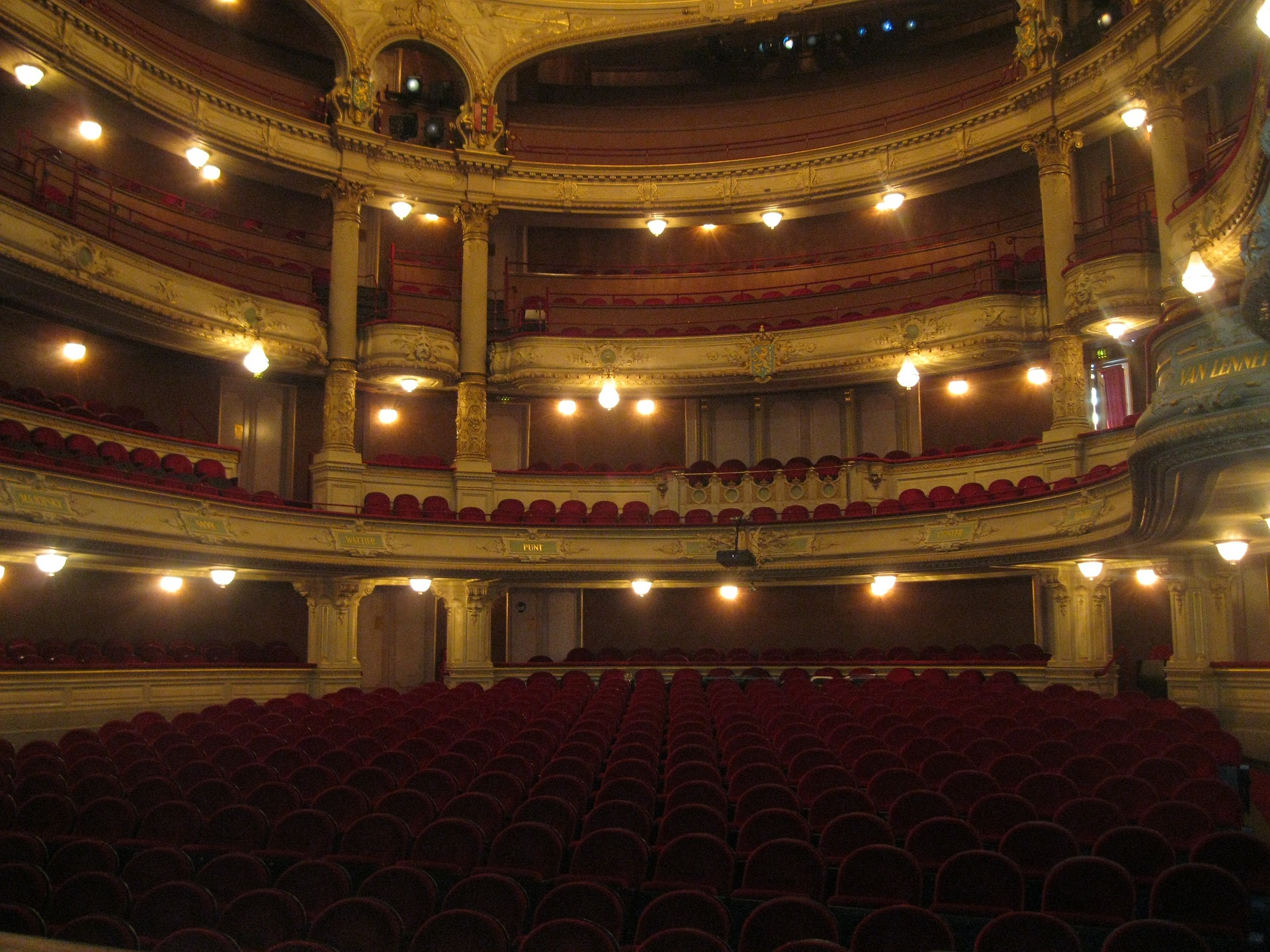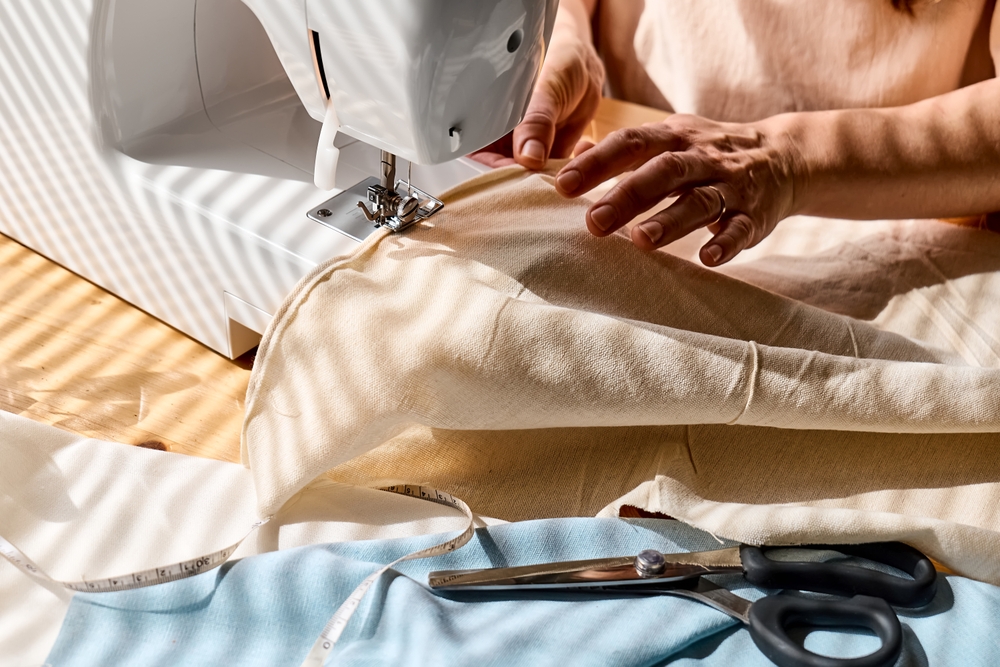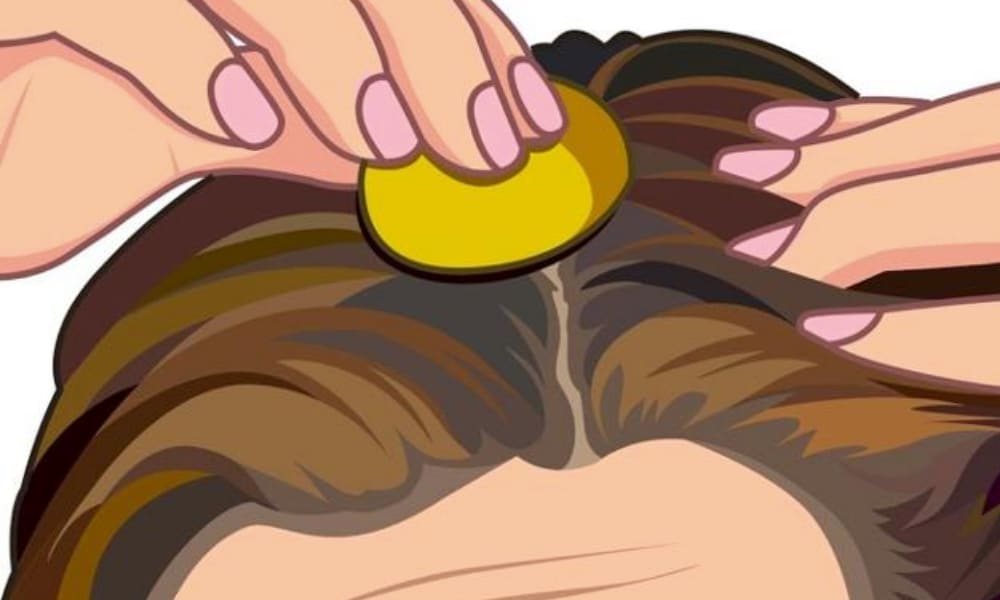"Breaking Boundaries: The Pivotal Role of Virtual Reality in Modern Art"
Introduction: Dive into the evolving world of art, where technology and creativity intersect. Discover how Virtual Reality is rewriting the rules, creating immersive experiences that are revolutionizing the art industry. This article explores the journey of VR in the art world, its current impact, and what lies ahead.

The Genesis of Virtual Reality in Art
In the late 20th century, with the advent of computer technology, artists began experimenting with digital mediums. Virtual reality (VR) emerged as a novel tool, enabling creators to design immersive environments and interactive experiences. Early adopters of VR in art included pioneering artists like Char Davies and Rebecca Allen, whose groundbreaking work pushed the boundaries of artistic expression.
The Current Landscape: VR Art in Today’s World
Fast forward to today, and VR has become a significant part of the contemporary art world. It’s not uncommon to see VR headsets at art exhibitions, transporting viewers into otherworldly realms crafted by the artists. Major art institutions, including the Museum of Modern Art in New York and the Louvre in Paris, have embraced VR, integrating it into their exhibits to enhance visitor experiences and engagement.
The Impact: How VR is Transforming Artistic Expression
VR has dramatically altered the way we create and consume art. It has given artists a broader canvas, allowing them to construct intricate, multi-dimensional worlds. For audiences, VR offers a deeply immersive, interactive experience, blurring the lines between observer and participant. This shift has challenged traditional notions of art, expanding its definition and possibilities.
The Significance: VR as a Tool for Storytelling and Empathy
More than just a technological novelty, VR holds profound potential as a storytelling tool. Artists can weave narratives that unfold around the viewer, creating a visceral, emotional connection. The immersive nature of VR can foster empathy, enabling viewers to step into someone else’s shoes and experience their perspective—an aspect particularly impactful in the realm of social and political art.
Looking Forward: The Future of VR in Art
As technology advances, the role of VR in art is set to become even more prominent. Artists will continue to explore its potential, pushing its boundaries and discovering new ways to express their creativity. For audiences, VR promises increasingly sophisticated and immersive artistic experiences. The future of art lies at the intersection of technology and imagination, and VR is leading the way.
In conclusion, the integration of VR in the art world represents a significant paradigm shift. This technological innovation has not only expanded the possibilities for artistic creation but also transformed the way audiences engage with art. As we look to the future, the influence of VR in the art world is only set to grow, marking an exciting new chapter in the history of artistic expression.




